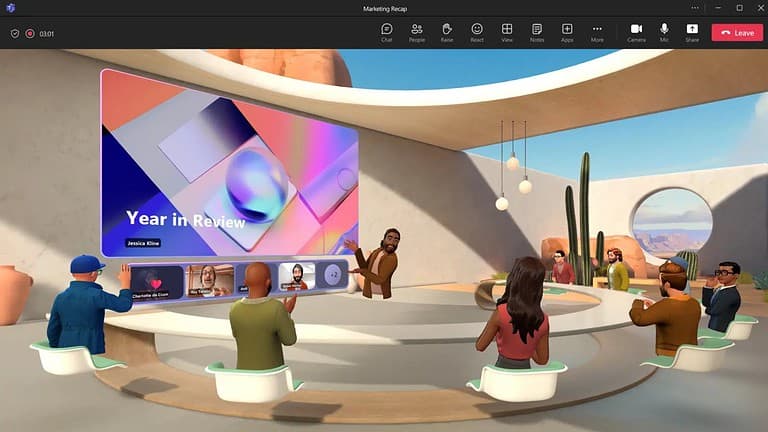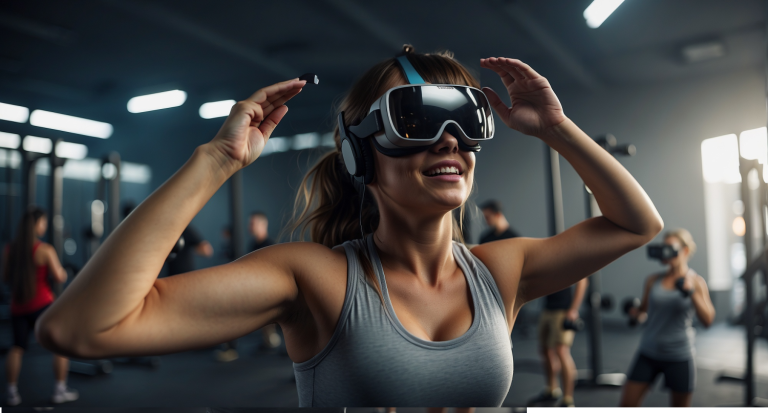Virtual reality at trade shows is still a magnet for your target group. To make your trade show event a complete success, it should consider the following things.
- Illumination
Make sure that the area where the VR glasses are used is safe and well lit. Under poor importance, the sensor technology of the VR glasses may be affected.
- Sitting or standing?
Think about whether the application being shown requires your audience to stand or even move around. If the application can be shown while seated, provide seating. There is very little risk of injury when seated.
- Space requirement
You should already think about how much space the respective application may take up on your booth during the conception phase of the VR application. Avoid areas with obstacles or potential hazards that your audience could bump into and cause injury. It won't help you much if you have a great application but it takes up 5 x 5 meters of space if your booth isn't big enough for it.
- Hygiene
Since multiple people will be using the VR goggles, it's important to disinfect them thoroughly between users to prevent the transmission of germs and diseases. There's nothing grosser than putting on VR goggles that are wet with sweat. Make sure you have plenty of cleaning supplies and wipes on hand. It is also advisable to keep another pair of glasses on hand in case a pair needs to be taken out of circulation to be thoroughly cleaned.
- Support
Make sure that the glasses are placed optimally on the head of your audience. We recommend that you assign personnel to take care of putting the glasses on and taking them off. This staff should also receive instruction on how the glasses work.
- Timing
Plan the use of VR glasses carefully to minimize and ensure waiting times. Design the application so that your audience has the opportunity to experience your application in its entirety, in the time available.
- Backup glasses
Stand-alone goggles like the Quest or the Pico 4 need to be charged in between. Have enough goggles on hand so your audience doesn't have to wait.
- Good user experience
Make sure that the experience running on the glasses can also be experienced by people who are not currently wearing VR glasses and are just watching. Set up a screen at your booth that mirrors the application or at least plays a summary of the application. This will also arouse curiosity in people passing by.
- Shot and Sweet
Make sure that the virtual reality application running on the glasses entertains its audience. This sounds trivial, but it's not. If you bore your audience just a little, they will take off the glasses. Avoid applications with long lead times and get straight to the point.
- Make it easy
Don't overwhelm your audience with too much complex interaction. For many people, using VR glasses is unfamiliar and operating a VR application in virtual space is difficult, especially with controllers. Therefore, make the application easy to use for your audience and don't ask too much to avoid frustration.
- The kiosk fashion
Make sure that your application is running on a pair of glasses that can be set to Kiosk mode. Kiosk mode is a special mode used on VR glasses to provide users with a controlled VR experience. Kiosk mode blocks access to all other applications and functions of the VR glasses, so only the predefined applications or VR experiences are available. A commercially available VR headset, such as the Quest 2 or Quest Pro does not offer this feature. HTC and Pico offer enterprise -grade VR goggles that already have this feature.
- We do it!
Get a competent agency on your side, such as. Design4real, with 10 years of experience in producing and designing VR application. Then nothing can go wrong.





